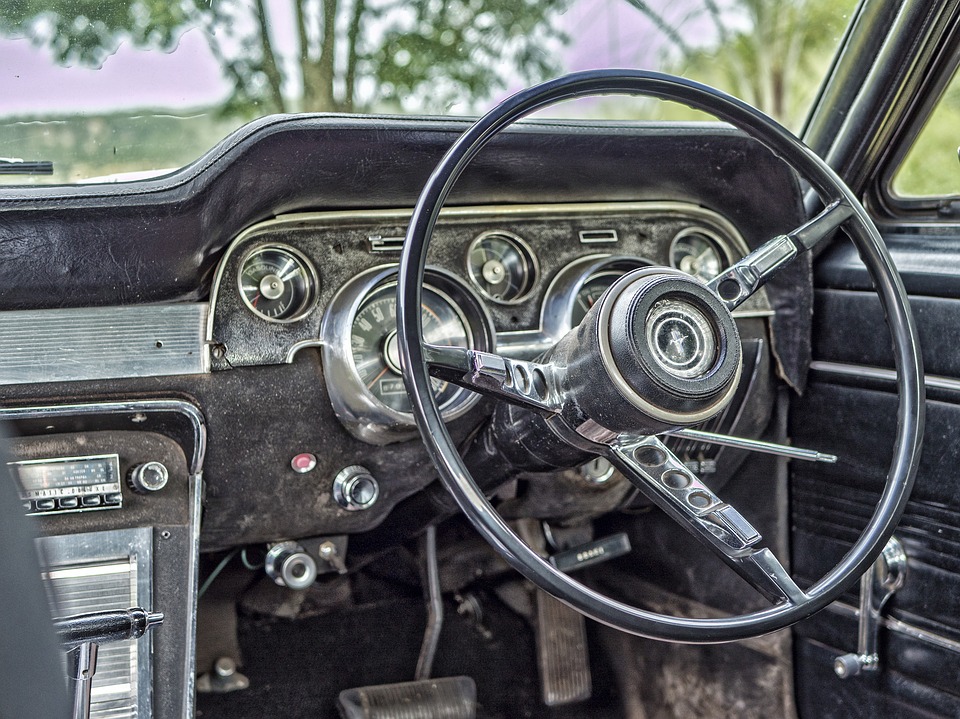5 Signs it's Time to Replace Your Car
29th Dec 2016

The average car is on the road for 11 years, according to a study conducted by Polk Research. Granted, some cars drive for longer, while others drive for shorter lengths of time. So, how do you know when it's time to replace your car or vehicle?
It Overheats
An overheating engine may seem harmless enough, especially if your car continues to operate. Unfortunately, though, engines aren't designed to withstand excessively hot temperatures. It literally squishes the gasket, increasing the risk of a blown head gasket or cracked block. If your car frequently overheats, perhaps it's time to trade it in for a new one.
Maintenance and Repairs Cost More than the Car's Value
This is another tall-tale sign that it's time to replace your car. If you spend more on maintenance and repairs than the total value of your car, it really doesn't make sense to keep the vehicle. Spending $1,500 to repair the engine of a car valued at just $1,200 is a poor investment. A smarter decision is to bite the bullet and buy a new car with that money instead.
It Fails Emissions Test
Many cities and regions throughout the United States require motorists to pass an annual emissions test with their vehicle. This is done to ensure the vehicle doesn't emit an excessive amount of pollutant. If your vehicle fails the test, you won't be able to renew your tag. Of course, failing an emissions test is also a sign that it's time to replace your vehicle.
The Interior is Falling Apart
What's the interior of your car look like? If it's torn, shredded and falling apart, perhaps it's time to trade in your vehicle for a new one. Even the most well-made car will eventually deteriorate. This doesn't happen overnight. Rather, it takes years, sometimes even a decade or longer, before the interior begins to fall apart. When it does, though, the interior will become progressively worse.
It's Not Safe
Safety is the #1 priority when choosing a vehicle to drive. If your current car isn't safe, you shouldn't drive it -- plain and simple. Driving an unsafe vehicle not only places you at serious risk of injury, but also places other motorists at risk of injury,

